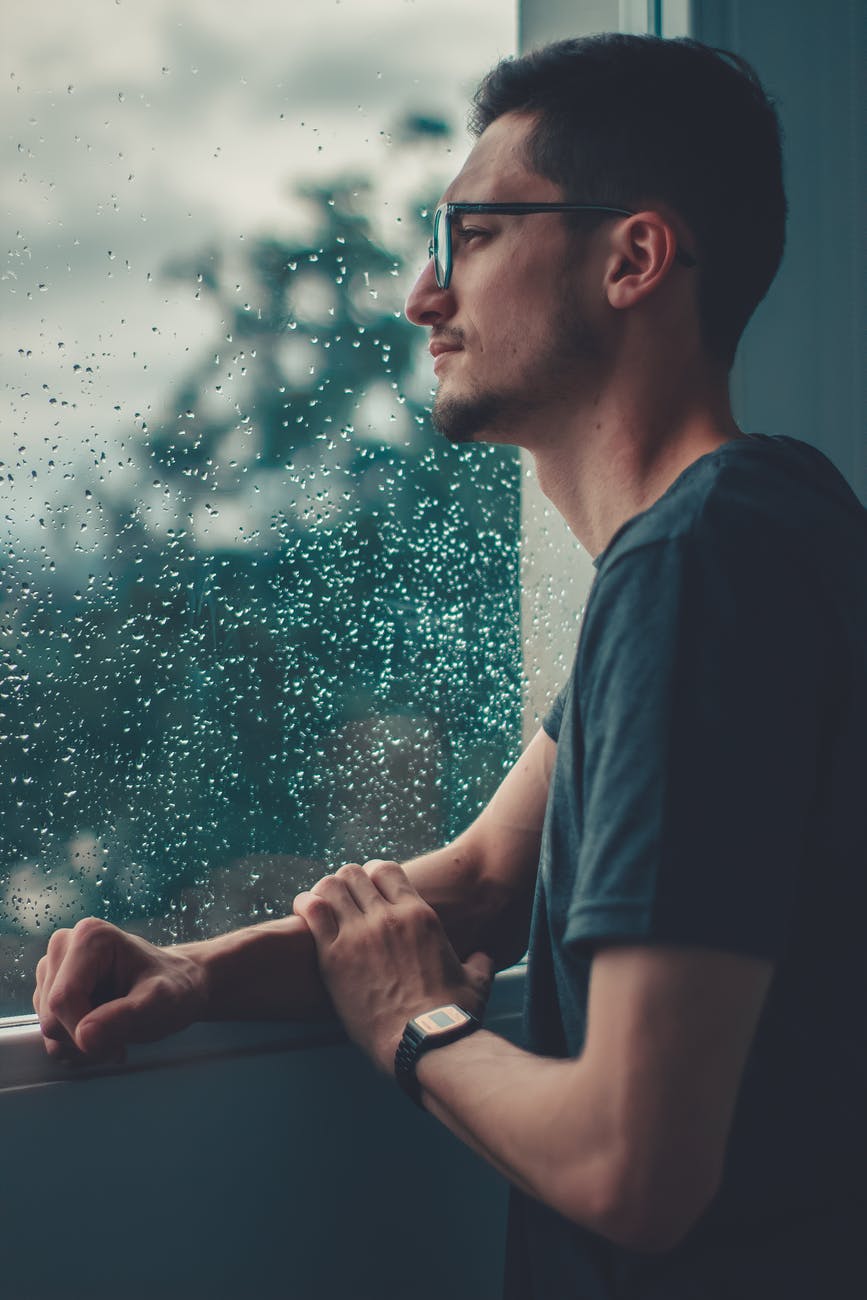
Hi guys! OK, it’s been about three weeks since you’ve started tracking your expenses. You’ve had a little time to look at your current spending habits and see where your money is actually going. Is it what you expected? Are you totally surprised? Chances are, this exercise was eye-opening, even if just a little bit, but that was the point. For you to see exactly where you are. Now, let’s move on to the next step… building a little cushion.
This may look different depending on where you live, but most financial coaches agree that saving $1,000 for a rainy day is necessary. My opinion is that this is a minimum amount. You may need a little more depending on your situation, maybe not, but having at least $1,000 saved should be the goal. The idea here is not to build your emergency fund (yet) but to have money to fall back on so that you can take care of an unexpected expense without having to use a credit card or get a loan to cover it.
A survey done by the Federal Reserve in 2018 reported that approximately 39% of Americans could not cover a $400 emergency. Now, this is troublesome in itself, but this data came out before the Covid-19 pandemic that resulted in massive loss or reduction of income across the country. Imagine what that percentage looks like today. $1000 is not enough to cover a month’s worth of expenses, but it is a good baseline to be able to cover a small emergency. We need to start somewhere, and this is a good start.

Photo by Anete Lusina on Pexels.com 
Photo by Alexander Zvir on Pexels.com 
Photo by Vherlyana Febritasari on Pexels.com 
Photo by Pok Rie on Pexels.com

Your necessities are food, shelter, transportation and utilities. If you have outstanding debt, that should rank in this list as well. So, what are you spending money on that is not a necessity? Do you have any frivolous spending? Save that money instead. Have anything around the house just taking up space? Could someone else use it? Sell it and save that money. Any side hustles that you can start doing – delivering groceries for Instacart or Shipt, Uber Eats, virtual tutoring, making and selling face coverings or something else? Do it and save that money. Build up your $1000 cushion. Position yourself to be able to cover a small emergency without breaking the bank, maxing out a credit card or taking out a loan.
Prepare for a rainy day. Even in the middle of a pandemic or with only a small income, it can be done. Get started! This is how you start becoming financially secure. Even this is part of getting you and your family to financial freedom and building lasting wealth.
Let’s go!!
3 thoughts on “Rainy Days”
Comments are closed.